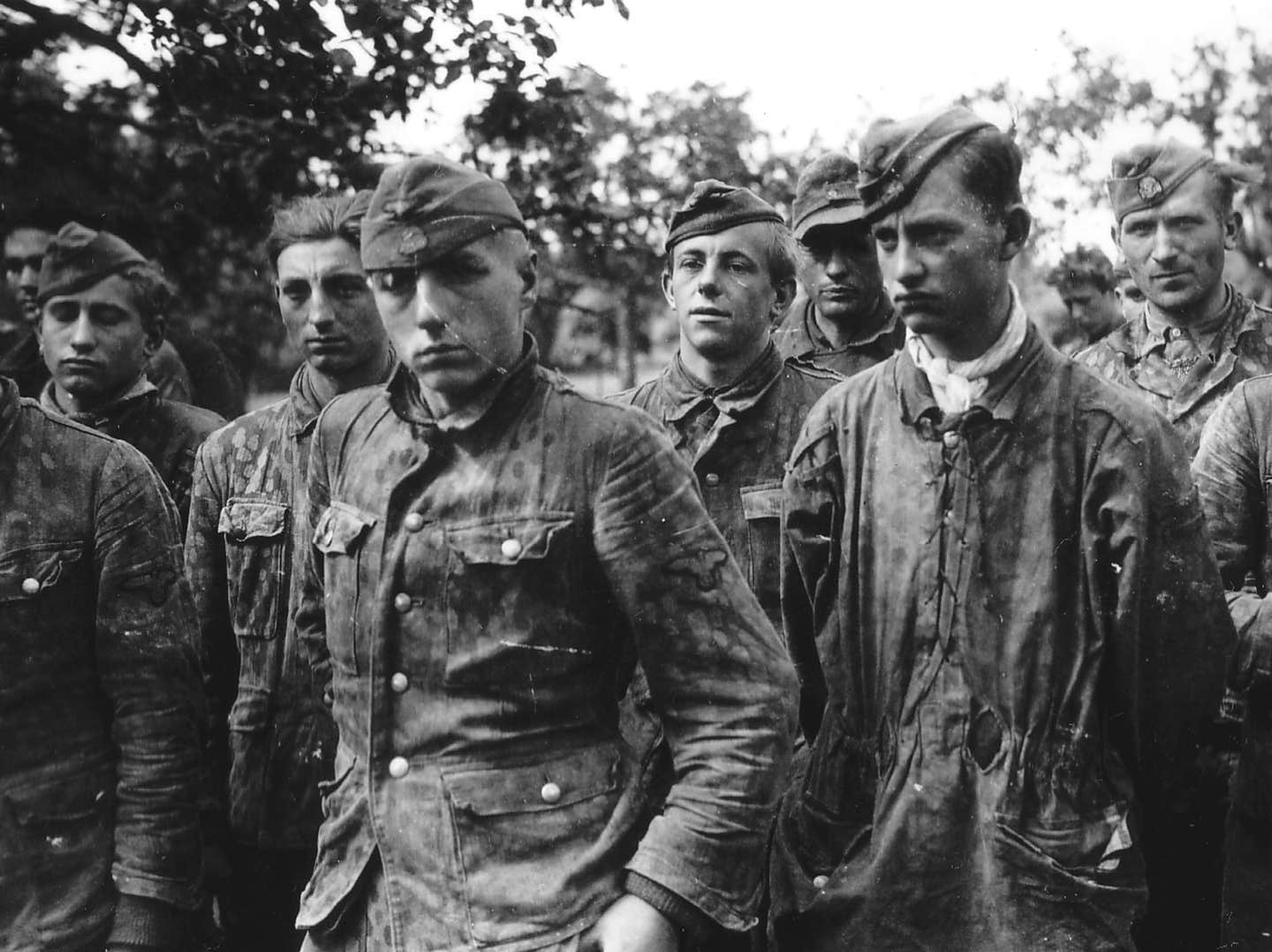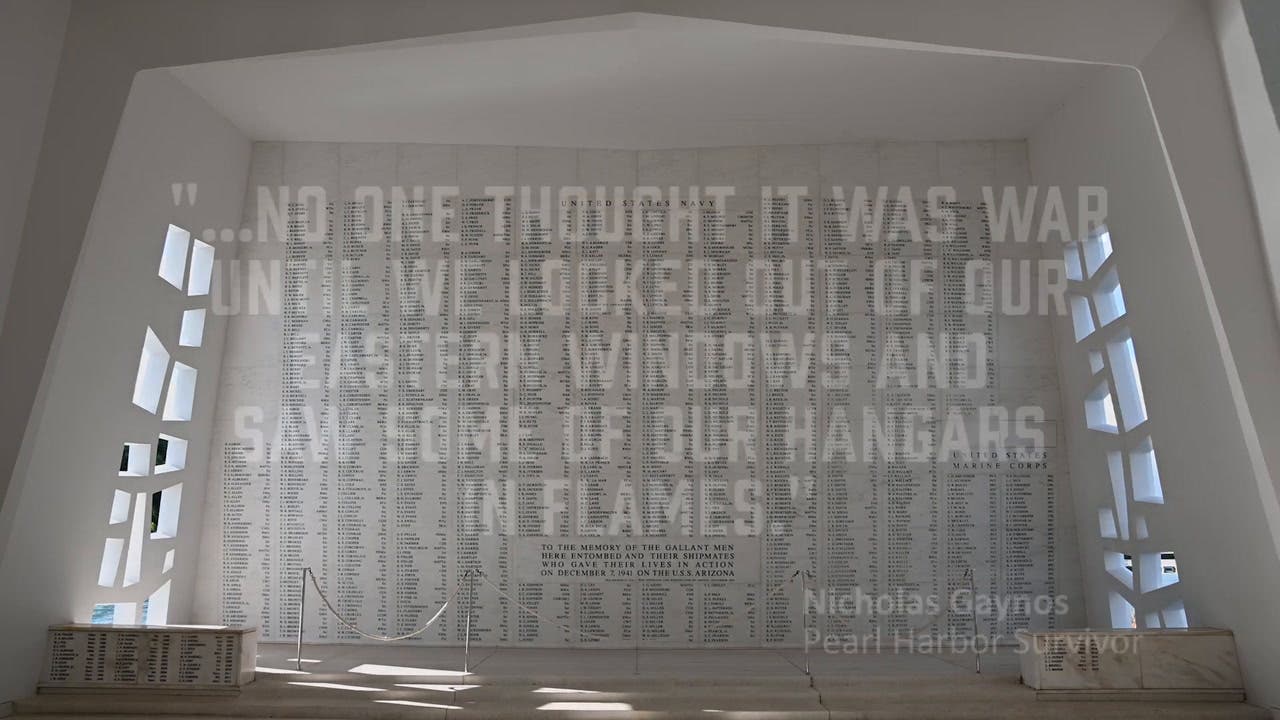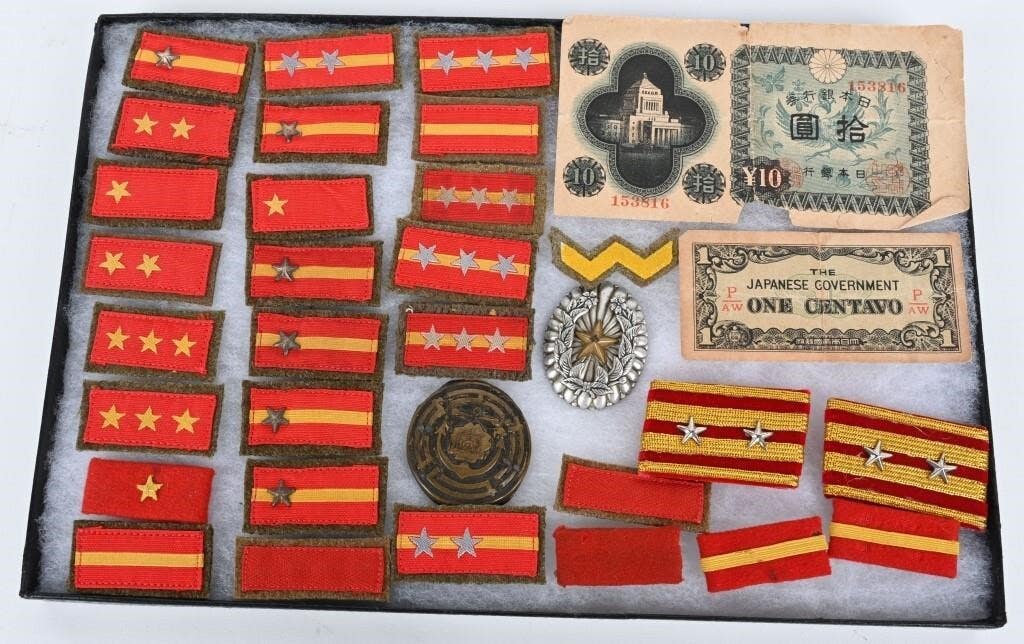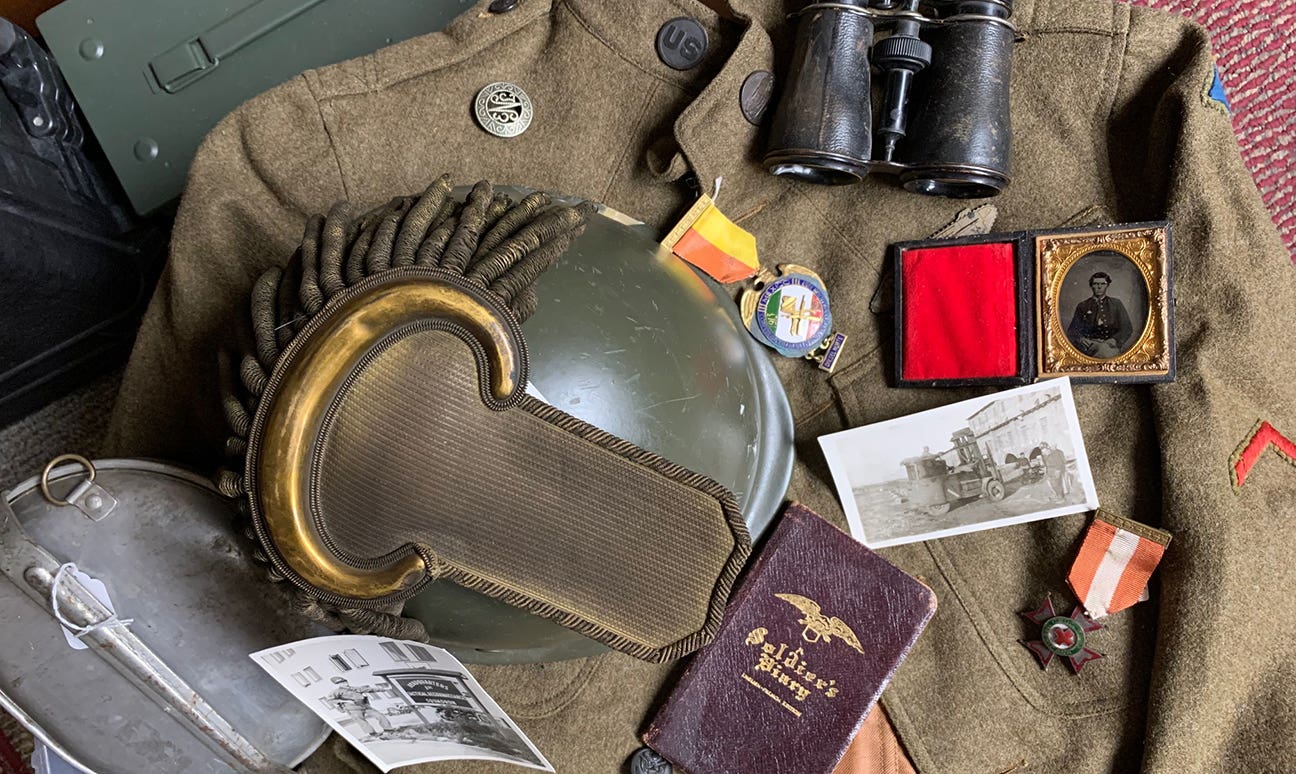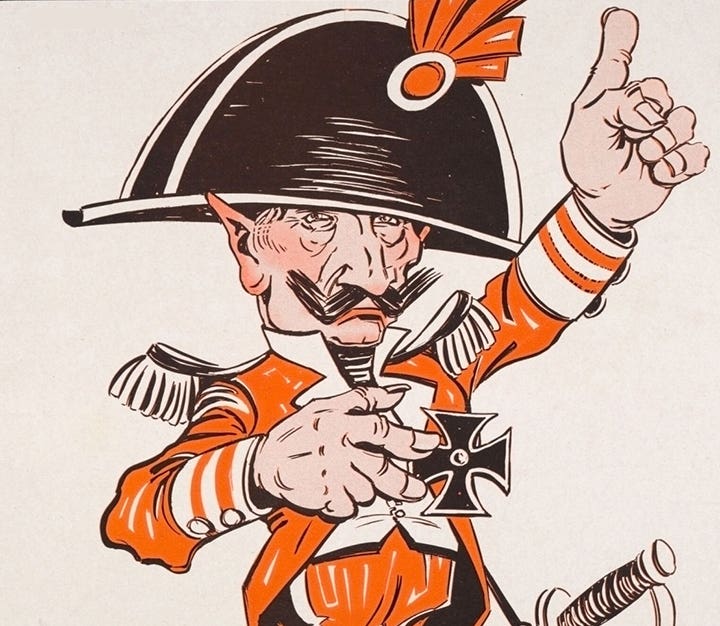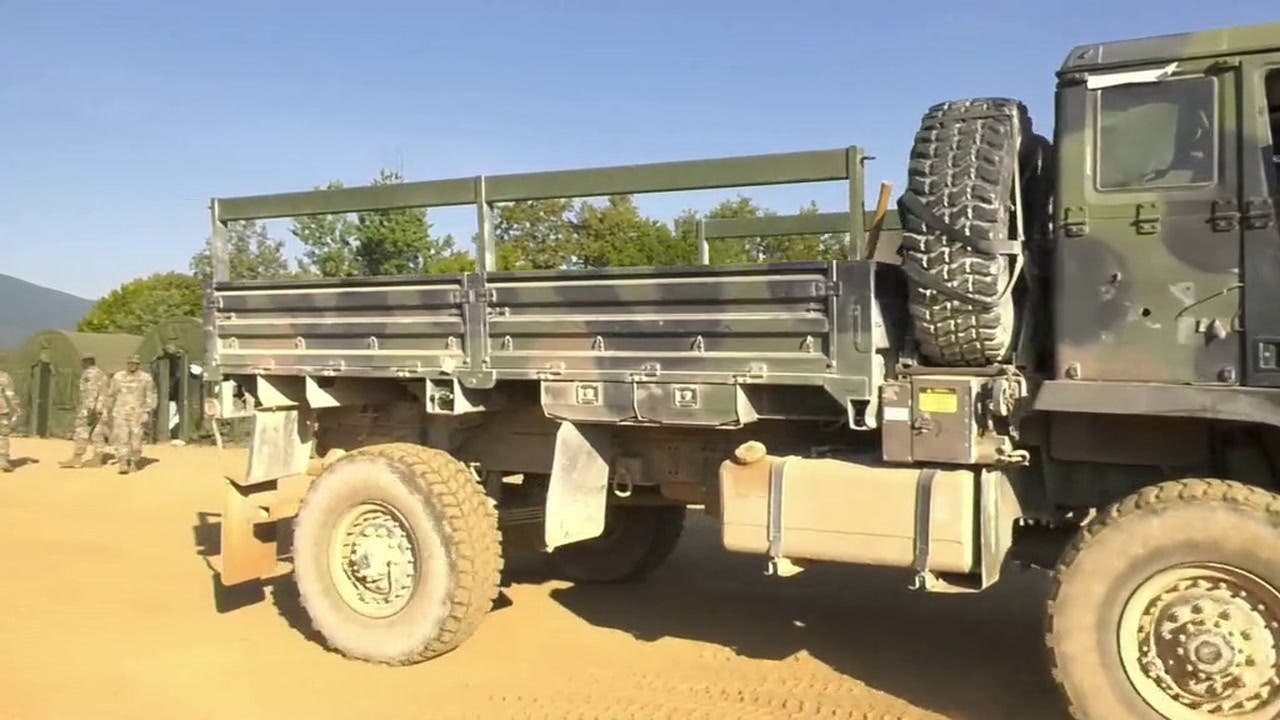When Your Interest Changes
SIX TIPS WHEN YOU CHANGE INTERESTS When I was a kid of about 9 years old, I had to make my first hard collecting decision. I wanted a new toy…
SIX TIPS WHEN YOU CHANGE INTERESTS
When I was a kid of about 9 years old, I had to make my first hard collecting decision. I wanted a new toy musket: One that had a real ramrod and the ability to fire caps. I found it in the toy department of the local hardware store. It carried a $7.98 price tag. I had no money — but I did have assets.
WAS IT A GOOD DEAL?
Over the previous couple of Christmases, Santa had left me with a couple of very neat military playsets: an Indian War Fort Apache and a WWII “Battleground.” The former was a great mix of cavalrymen and Plains warriors fighting over the possession of plastic stockade fort. The latter, had several half-tracks, Panthers, Shermans, firing artillery pieces (a German 88 and an American 105mm), and a plastic sheet “battleground” with a river running through. Depending on my mood, either of these boxed playsets would provide a full Saturday afternoon of close combat. I really valued these.
But, with summer coming on and reruns of Daniel Boone in full swing on after-school television, I was going through a sort of "Colonial" change of interest. WWII wasn't capturing my imagination the way the exploits of Daniel and Mingo did. Nor did Custer’s 7th Cavalry riding against the Sioux. No, my mind was on long rifles, tomahawks, and defeating the British.
So, when I walked down the steps into Danaher’s Hardware store’s cellar where the entire level was the “toy department,” my eyes didn’t stop on bags of Civil War or WWII German-American soldiers. Rather, they locked in on a toy “Kentucky Rifle.” I had to have it.
MY FIRST COLLECTING LESSON
This led to the first real collecting lesson: One interest can fund a new interest.
I knew a friend of mine — a kid we called “Buzzy” — wanted my WWII playset. I rang him up and told him I was willing to sell it. How much? “Four bucks,” I told him. An agreement was reached, I delivered the boxed set to his house, and he handed me $4 in quarters. Still not enough to buy the Kentucky rifle, but when combined with some birthday money, I had could secure the rifle and an extra package of caps.
Though I got the toy musket I wanted, what I failed to recognize is that I let passions dictate my business. The playset was “worth more” — not only monetarily, but in the variety of ways that I could play with it. The toy musket, on the other hand, was pretty much a one-trick-pony, albeit, a pretty cool one that made a decent explosion each time I pulled the trigger.
But in the long run, I let passion overcome good decisions. I may have been better off retaining both of my playsets while earning enough money to buy the Kentucky rifle. I never considered asking Mr. Danaher if I could pay him a couple of dollars down to hold the item while I earned more money to finish paying for it. Had I done that, I would have retained all my neat toys rather than giving up what I felt was still a pretty cool playset.
LESSON NO. 2
I had accumulated three WWI uniforms by the time I was 17. The problem was, my mother would not allow them in the house. “They are full of moths!” she insisted. So, my three uniforms hung in the garage, covered with dry cleaning bags. As a result, I never formed much of an attachment to the uniforms.
When the annual gun show came to La Crosse’s Mary E. Sawyer auditorium, I took my dad’s suggestion to try selling the uniforms. I lugged them through the whole show, receiving very little interest from the “old men” behind the tables. Finally, one fellow who had a display of militaria asked if he could look at them. I was eager to offload the uniforms — at any price. He offered me $45 for the three — I was ready to accept when Dad interjected, “Is there anything on his table you like?” I looked it over and saw a German Heer enlisted visor cap. “Will you trade for this?” I asked the dealer. “I’ll tell you what,” he replied, “You can have the cap for the three uniforms plus $20.” Before Dad could say anything, I handed over the $20 and took the cap.
I had been desperate to get rid of the uniforms, so I was quick to make a very sloppy deal. The lesson here? “Slow down. Reject the impulse and think about an offer — it may not be as good as you think.”
LESSON NO. 3.
Within just a couple of years of that cap swap, I had amassed a small Hitler Youth (HJ) collection. But I was stuck. Other than finding HJ knives and a few belt buckles and badges, my collection didn’t grow. I just couldn’t find the level of stuff (uniforms, caps, insignia) that I wanted to collect.
So, at a very early Battlefield Show, I trader my entire Hitler Youth collection to Bob and Mikey for some West German paratrooper stuff they had. I was no longer a Third Reich collector. Now, I was a Bundeswehr collector. Finding jackets, berets, helmets, accouterments was no problem—the stuff was everywhere and it was cheap. It was cheap for a reason, I later learned — nobody wanted it!
The lesson? Don’t get rid of desirable material to collect a niche. When it comes time to sell, broad-appeal items move much faster than very narrow interest items.
LESSON NO. 4.
When I went away to college, I paid for the first couple of years with the savings I had accrued working at my dad’s store. By the end of my sophomore year, however, I was out of money. So, like many other kids, I applied for and received a Pell grant.
I forget how much it was, but I do remember that I was able to start collecting Third Reich helmets with it! Within a month, I went from a no-helmet collection to about 20 different German helmets.
I never fully grasped the problem until Lesson No. 5 below. However, for consistency, I will share the lesson learned: Don’t use someone else’s money to assemble your collection. This won’t end well.
LESSON NO. 5.
By the time I finished graduate school, I had become deeply immersed in two things: Daguerreotypes (the earliest form of photography) and debt. For several years, I believed that my debt from college (and all those helmets) would never be erased.
Then, one day, I woke up with the decision that I was going to get myself out of debt. First, I sold all those helmets. Then, in a final effort to raise a few thousand to wipe out my college debt, I did what I considered unthinkable: I sold all of my daguerreotypes and the massive library of support research. I shipped 10 large boxes to a New York buyer in return for a $9,000 check.
I was out of debt, but I had no more collections—my helmets were gone as were all of my early photographs. My desire to collect, however, was not.
The Lesson: If you can’t afford to collect, don’t. Stuff isn’t worth causing you crippling debt.
LESSON 6.
I have bought and sold many collections in the years since the daguerreotypes and helmets. The most recent lesson I have learned about selling collections, however, didn’t come from one of my own sales. Rather, I learned this one sitting next to a guy at a show who was selling his spiked helmet collection.
It was a beautiful display of headgear when he uncovered it on Saturday morning. Hordes of people swarmed his table and money swiftly changed hands. After about 50 minutes, the crowd around his table dissipated. He appeared quite happy, as he counted the stack of $100 bills — even though there didn’t appear to be that many helmets missing from his table.
The rest of the show seemed slow for him. I didn’t see him sell too many more helmets by the end of the following day. When the show was over, he packed up all the remaining helmets and took them over to another table where he consigned them to an auction.
He told me, “On Saturday, I thought I was going to sell out. But, as it turns out, people just wanted my rare helmets. They left me with all the common ones.”
The lesson: If you decide to sell your collection, sell from the bottom up. That is, leave your best items at home. Sell off your common stuff first. It might turn out that selling your common stuff will meet your financial goal. Then, you are left with “the good stuff.” You can always sell that later. Quality is easy to sell. The common stuff, however, can follow you to the grave.
LOOKING AHEAD
During the last twenty years, I have been a much more cautious collector. I research what I want to buy. I get to know my suppliers. And I adopted the philosophy of, “If I miss the opportunity to buy something today, be patient. It, or something much cooler, will become available later.” This has allowed me to save money in a “collecting account,” so when something does become available, I am ready to purchase. It has also stopped me from amassing too much common stuff or items in which I just had a passing interest.
And unlike the time when I sold that WWII playset so many years ago, I don’t have to live with any new “collecting regrets.”
Preserve the Memories,
John Adams-Graf
Editor, Military Trader and Military Vehicles Magazine
John Adams-Graf ("JAG" to most) is the editor of Military Trader and Military Vehicles Magazine. He has been a military collector for his entire life. The son of a WWII veteran, his writings carry many lessons from the Greatest Generation. JAG has authored several books, including multiple editions of Warman's WWII Collectibles, Civil War Collectibles, and the Standard Catalog of Civil War Firearms. He is a passionate shooter, wood-splitter, kayaker, and WWI AEF Tank Corps collector.



